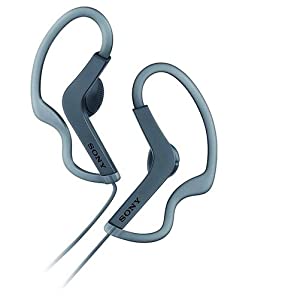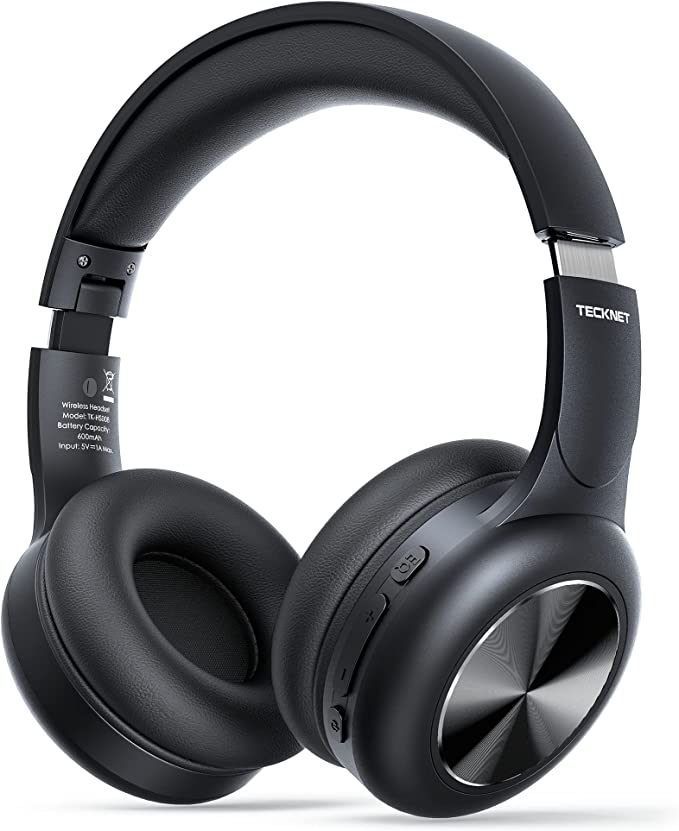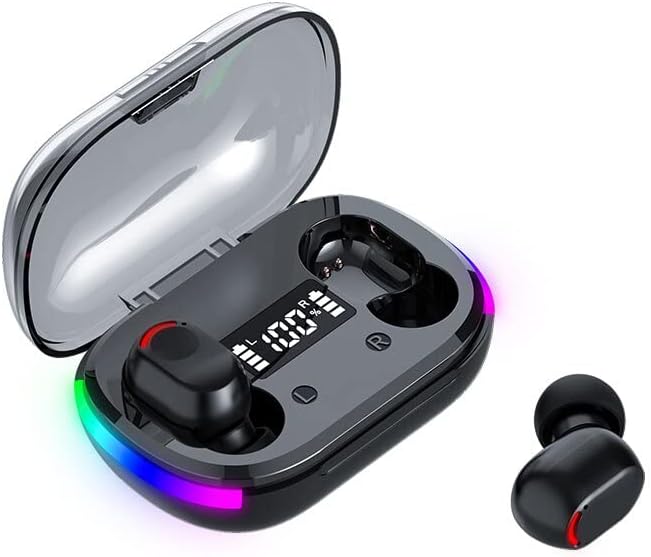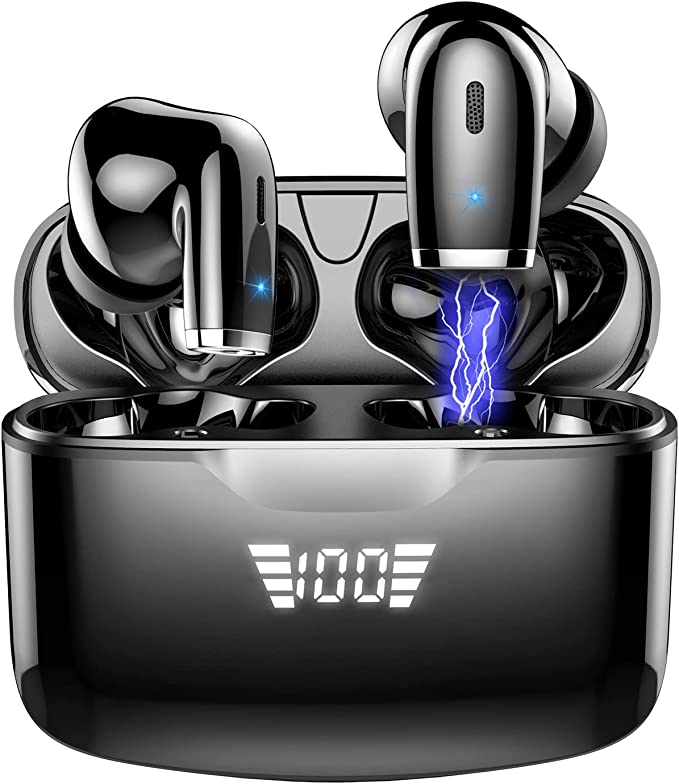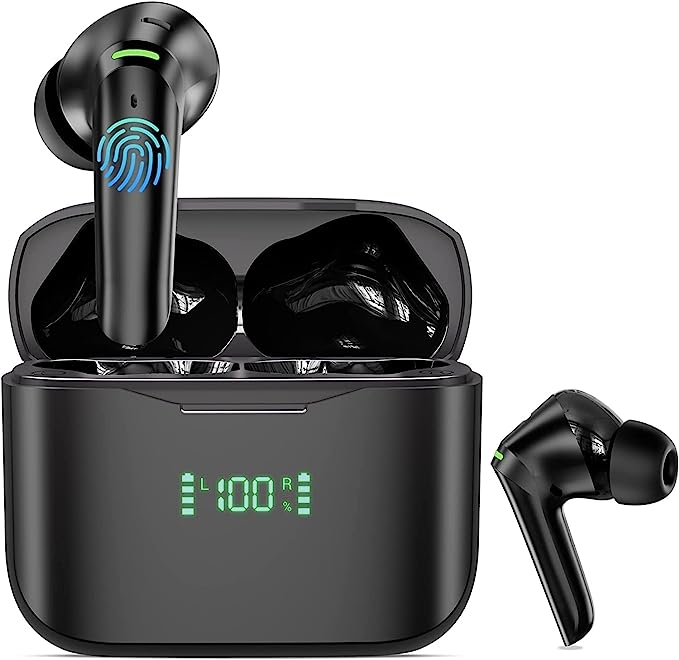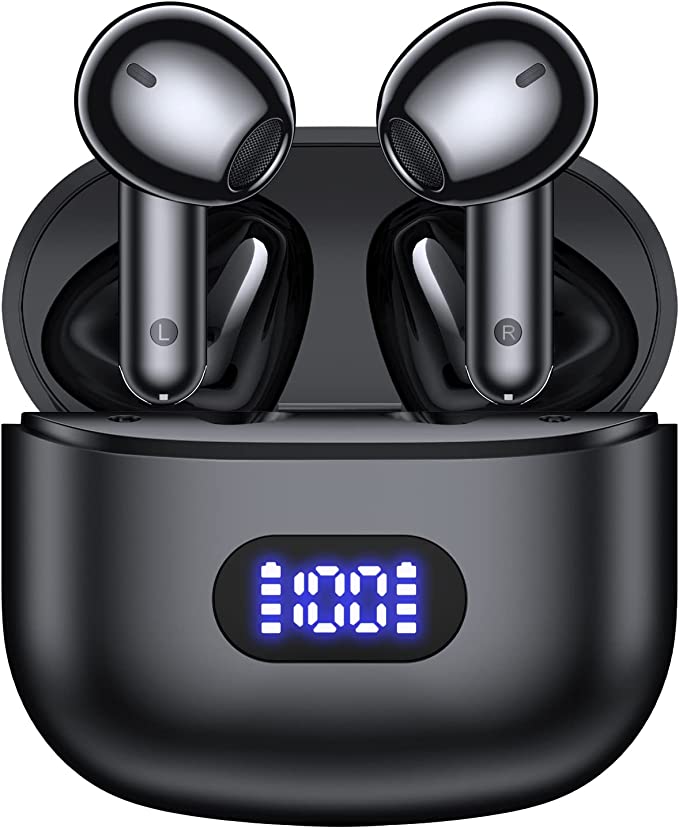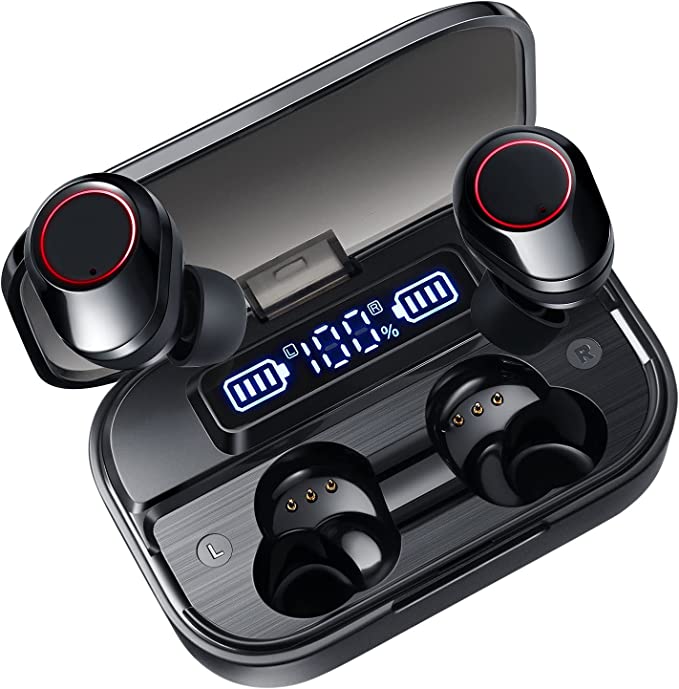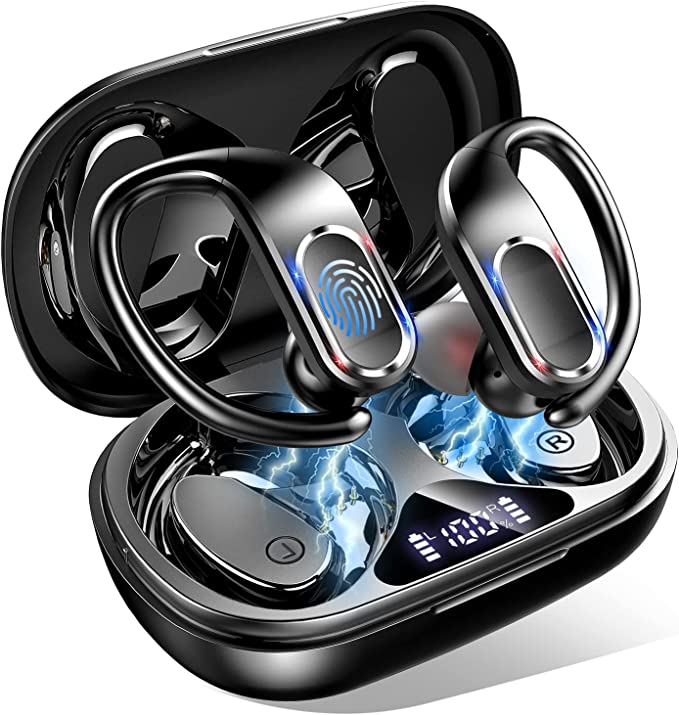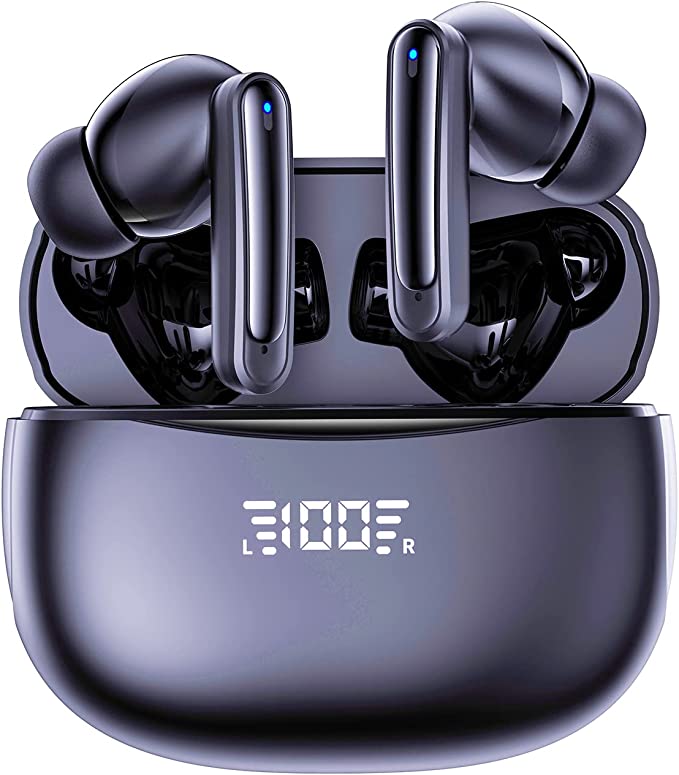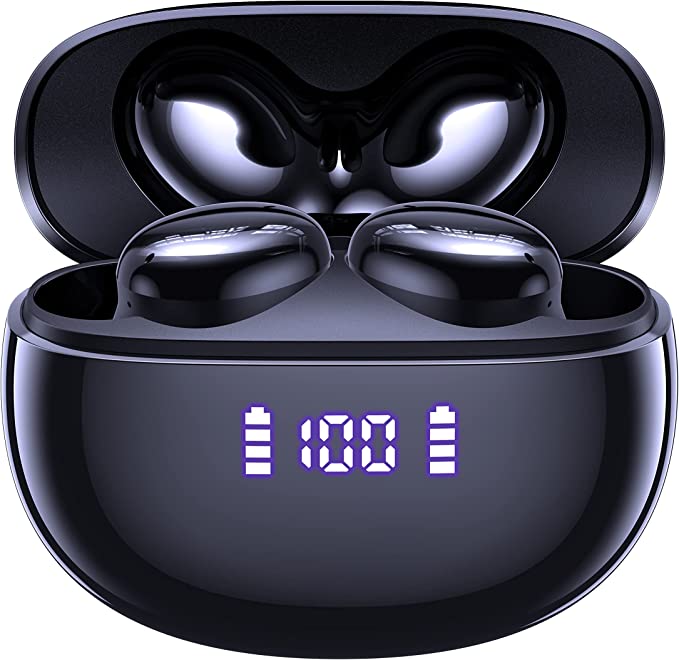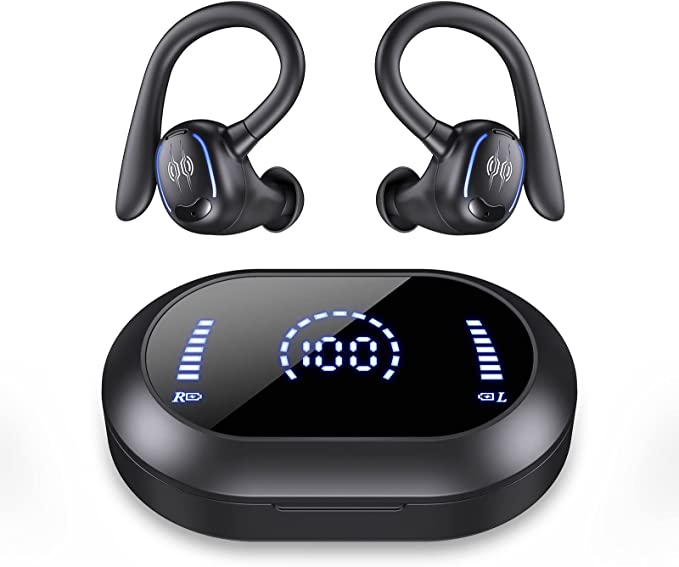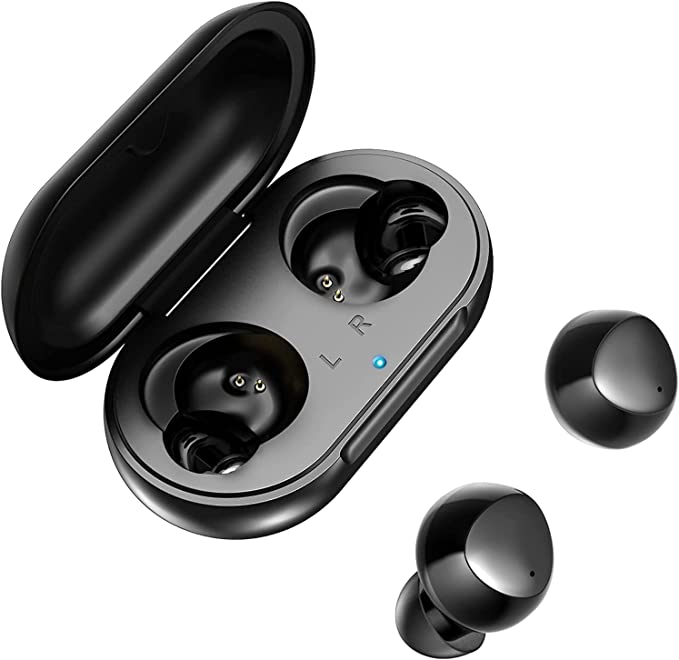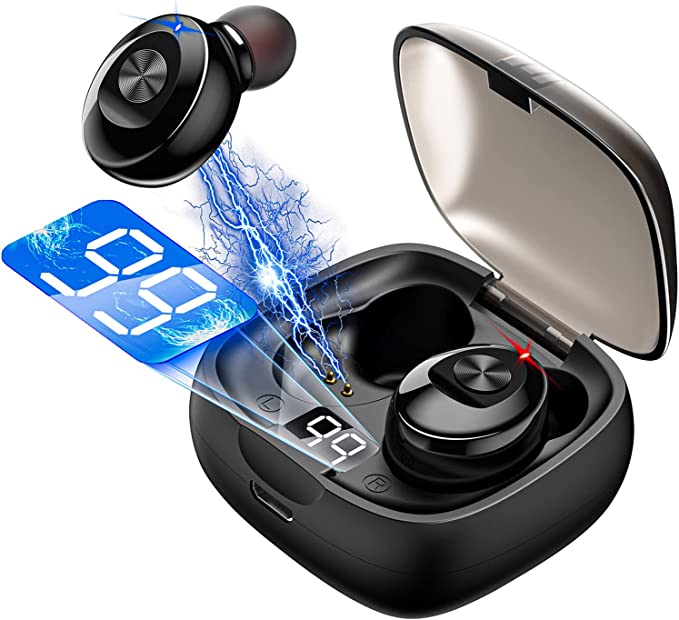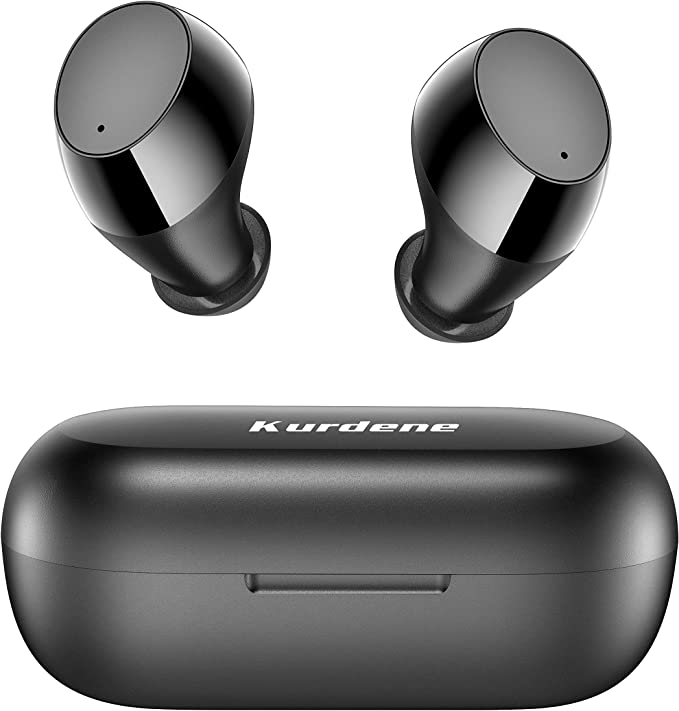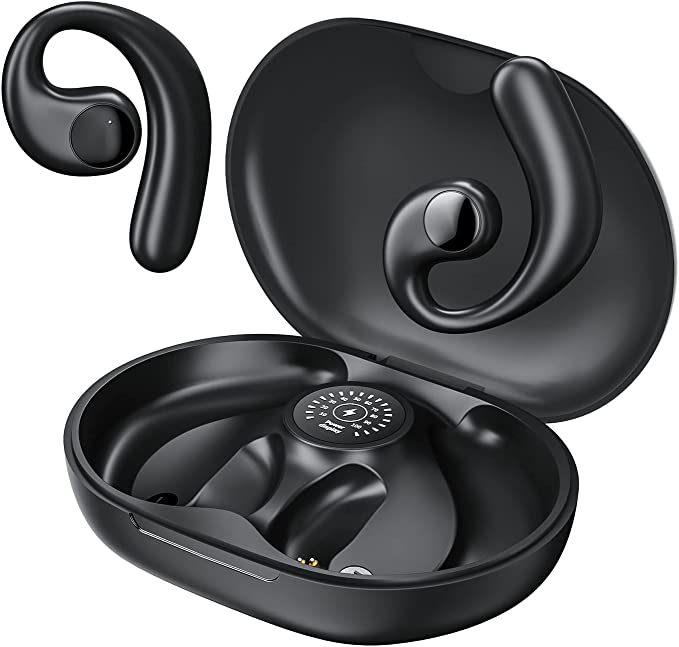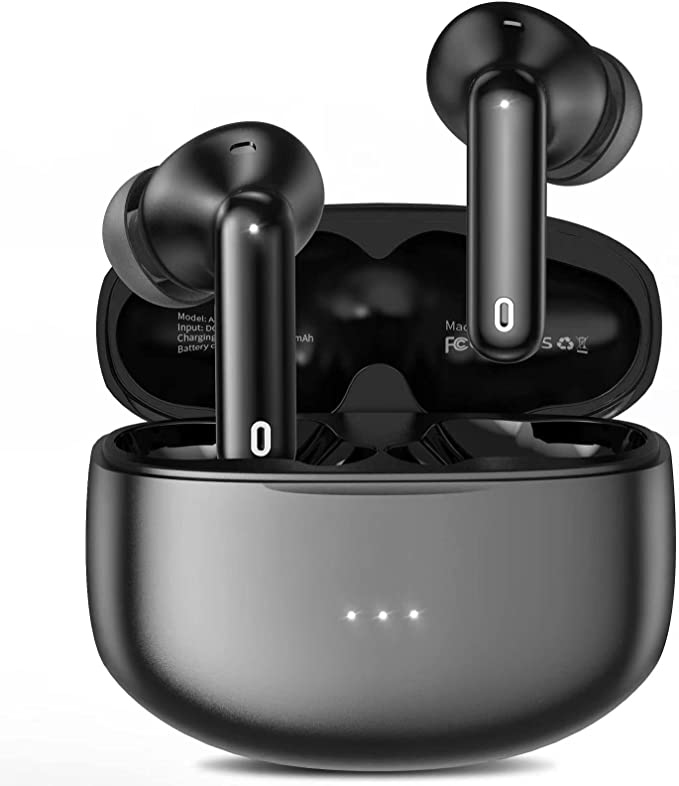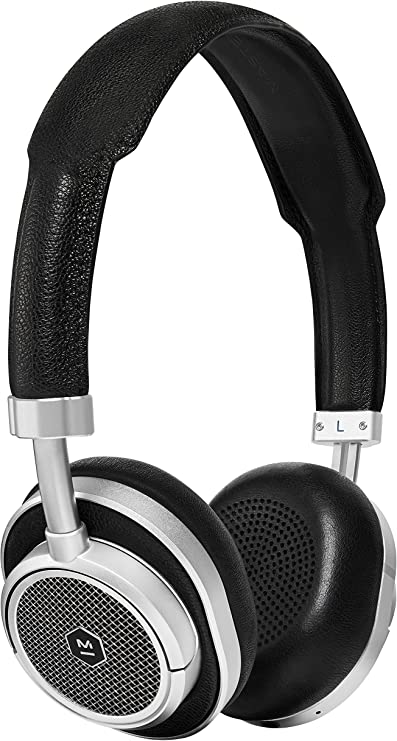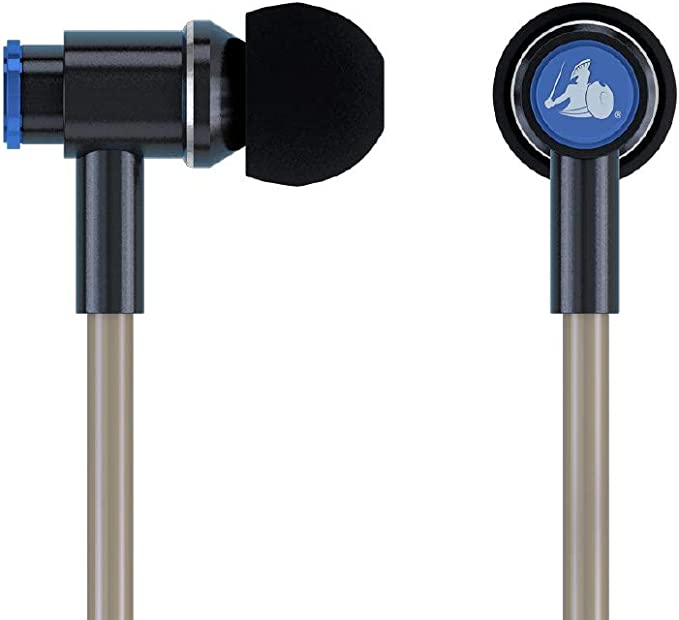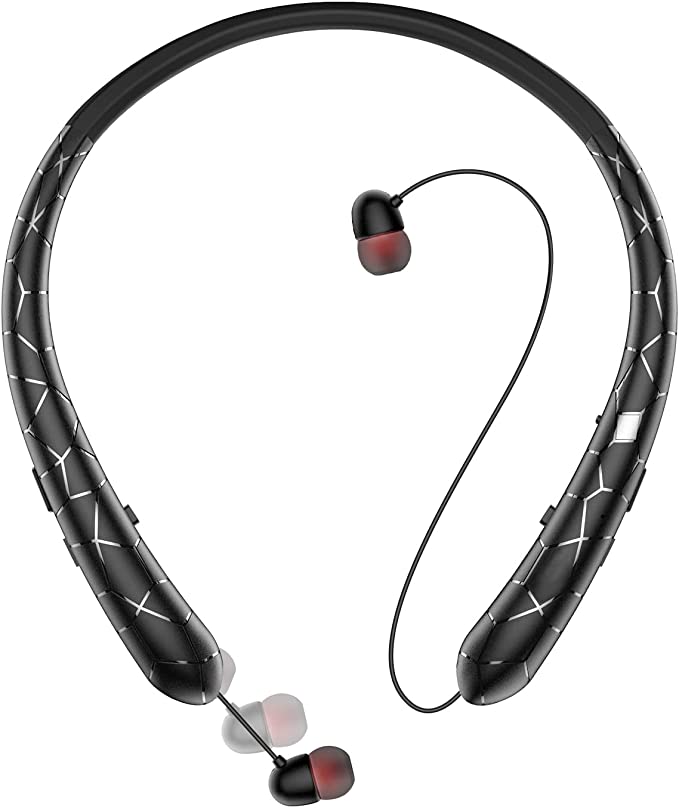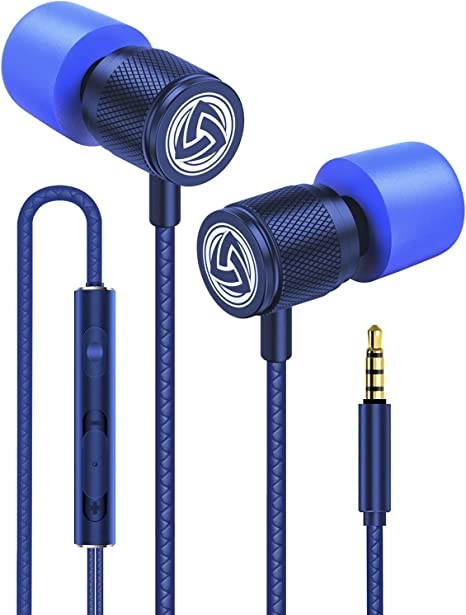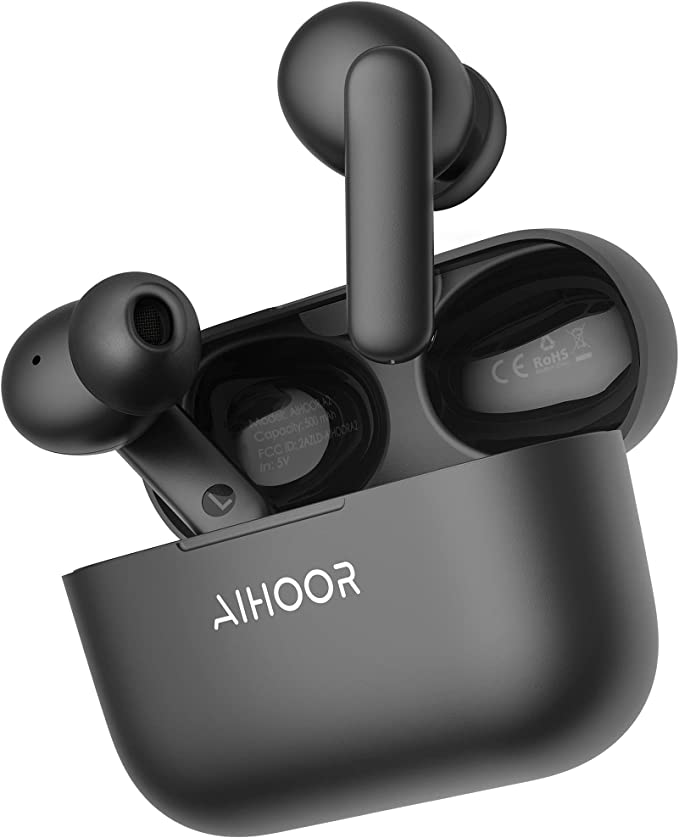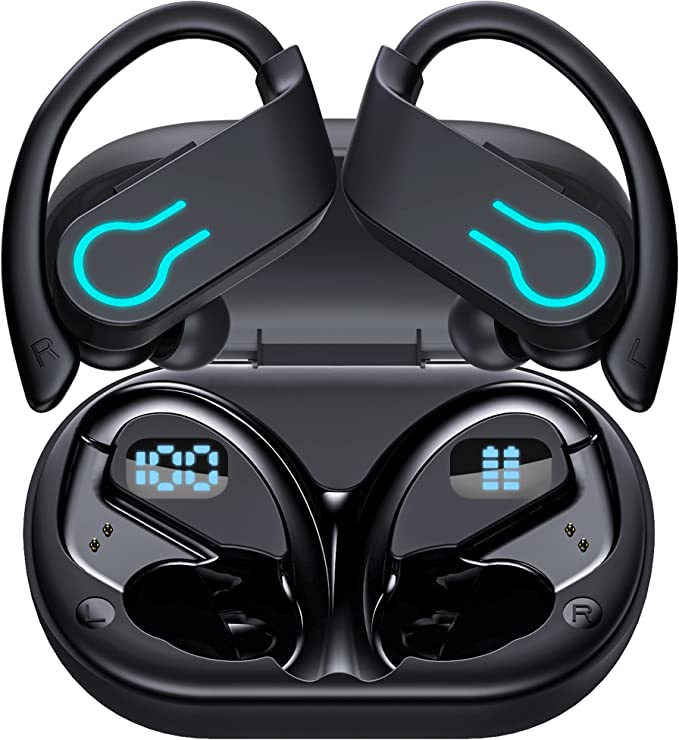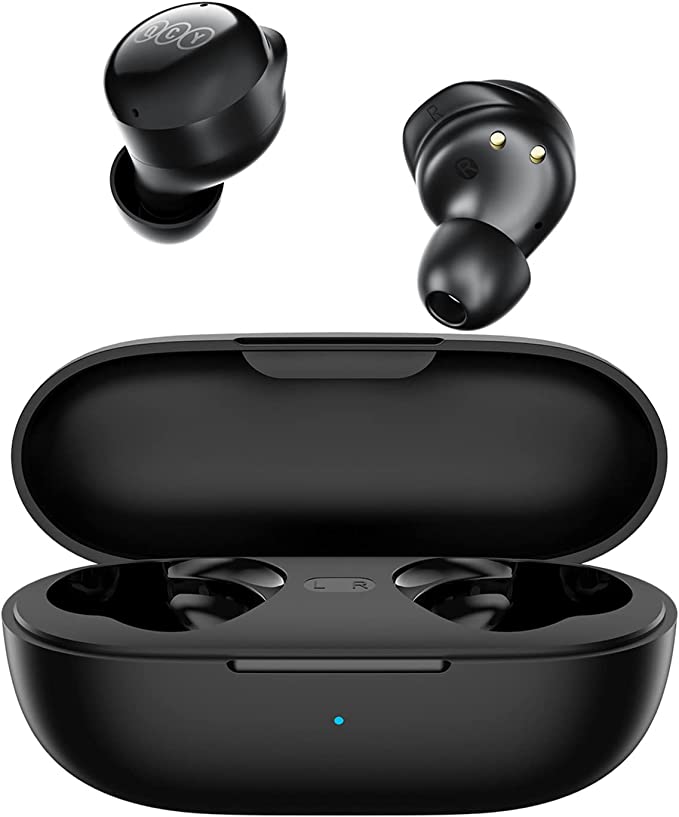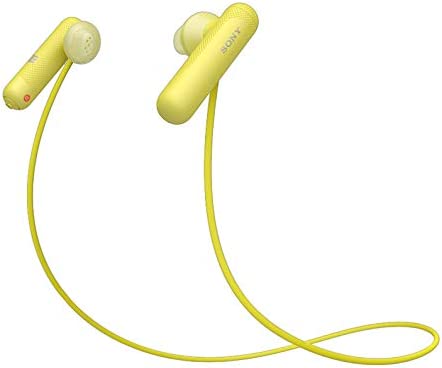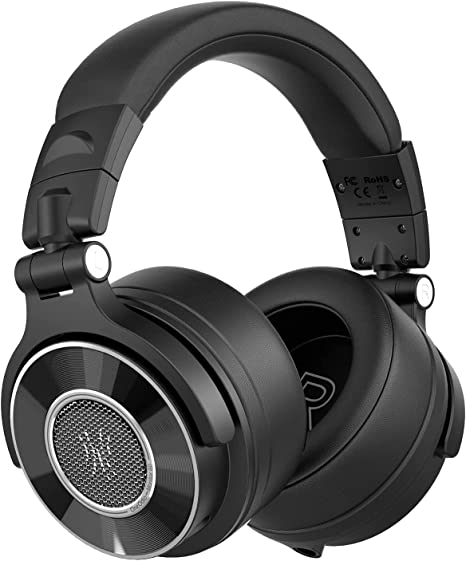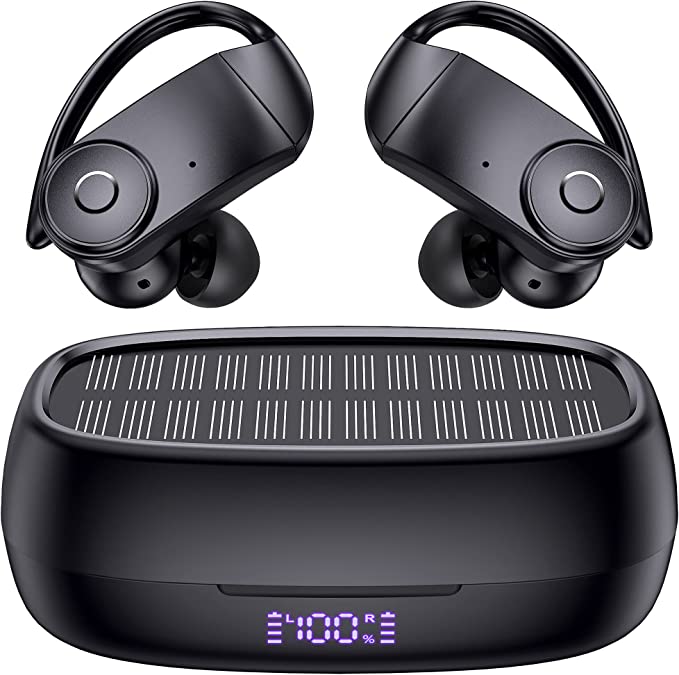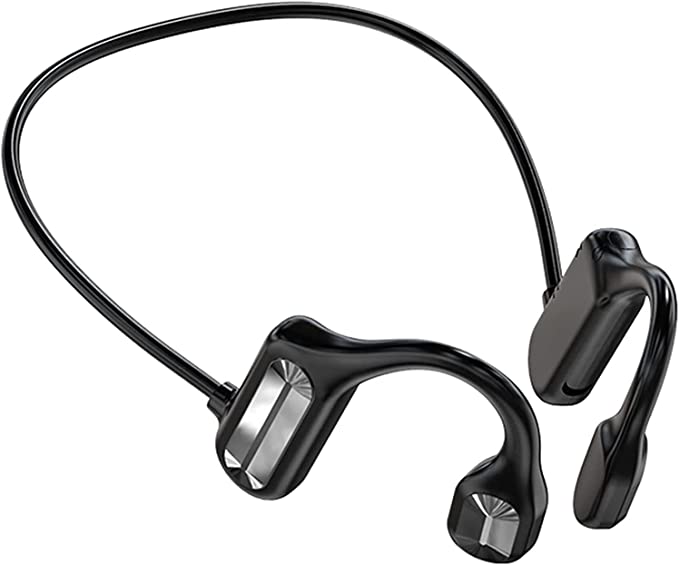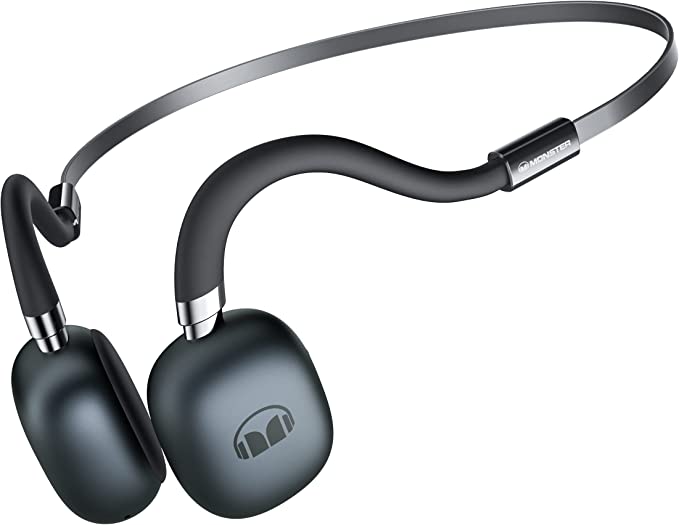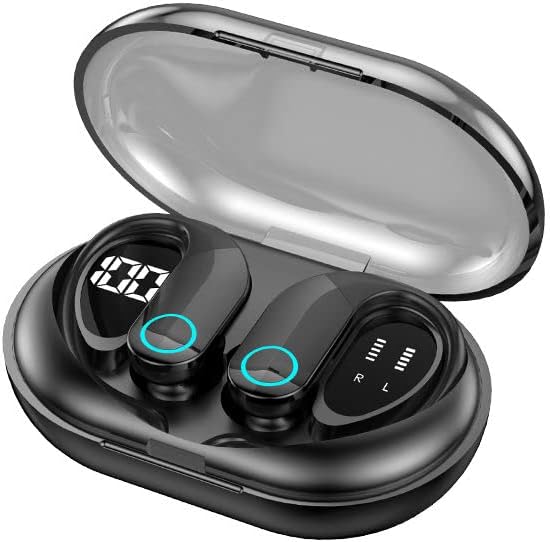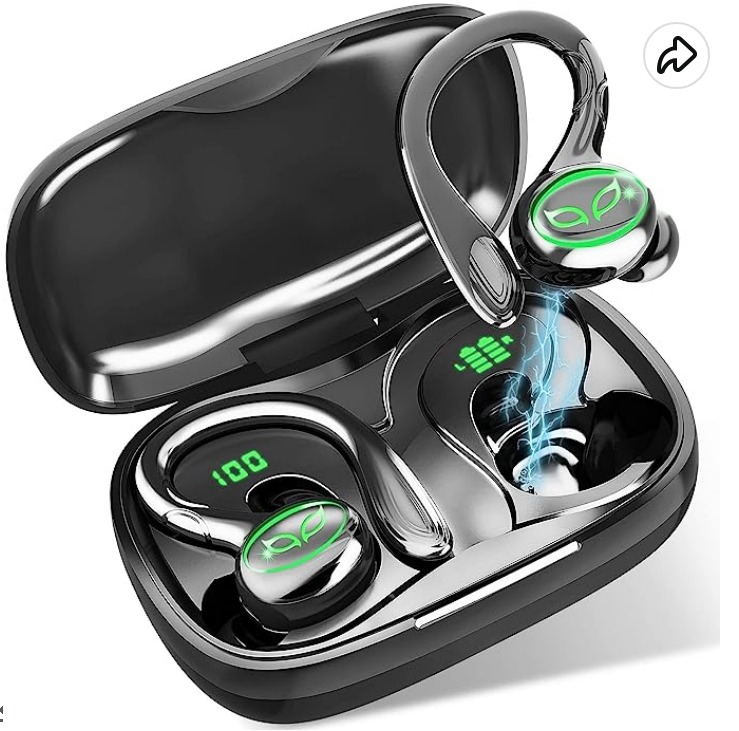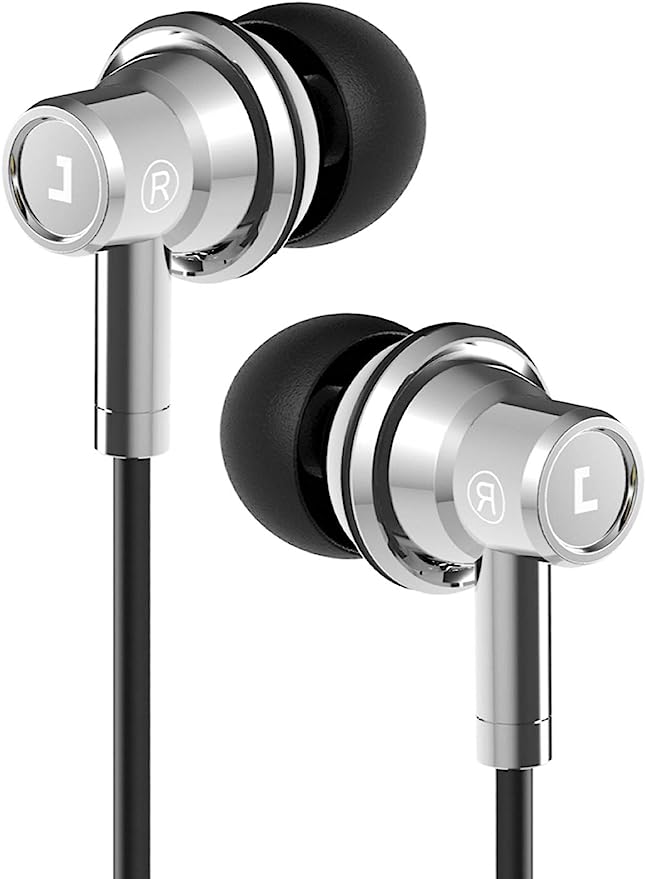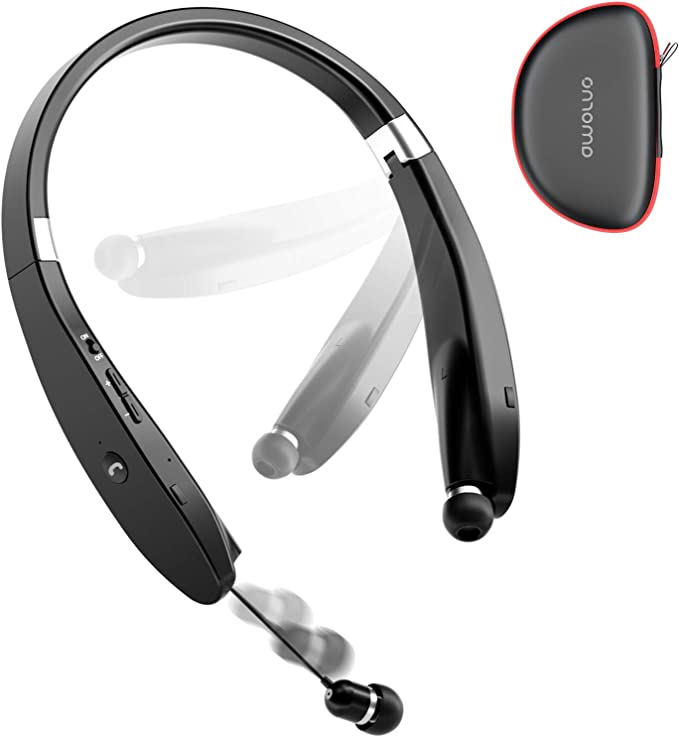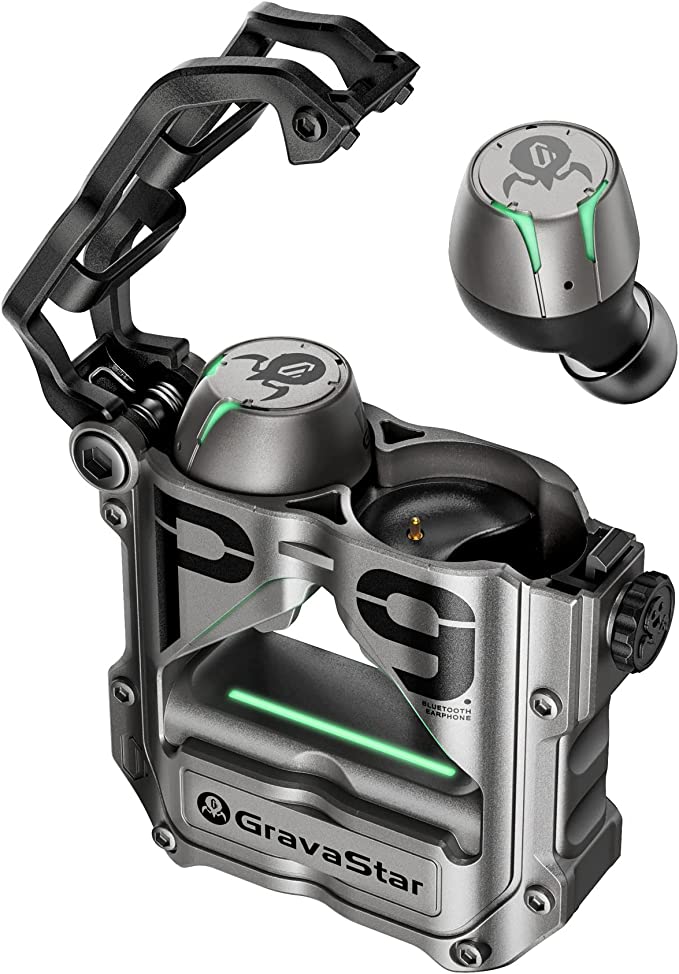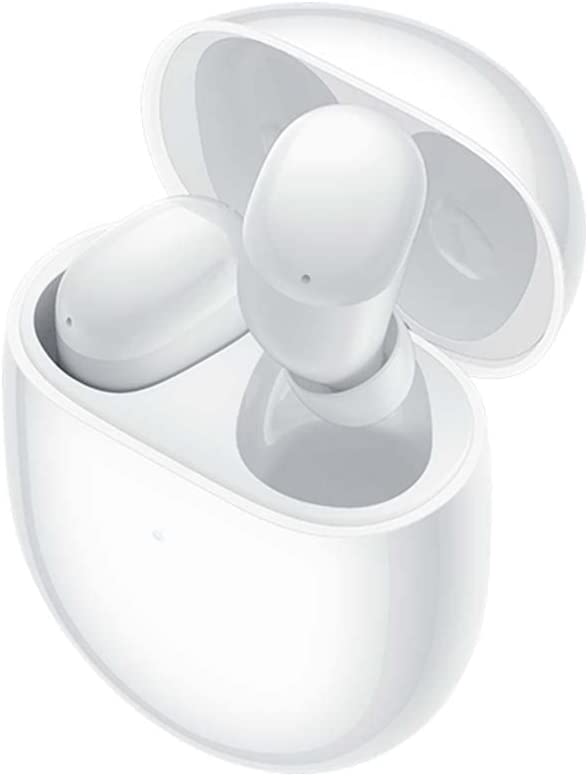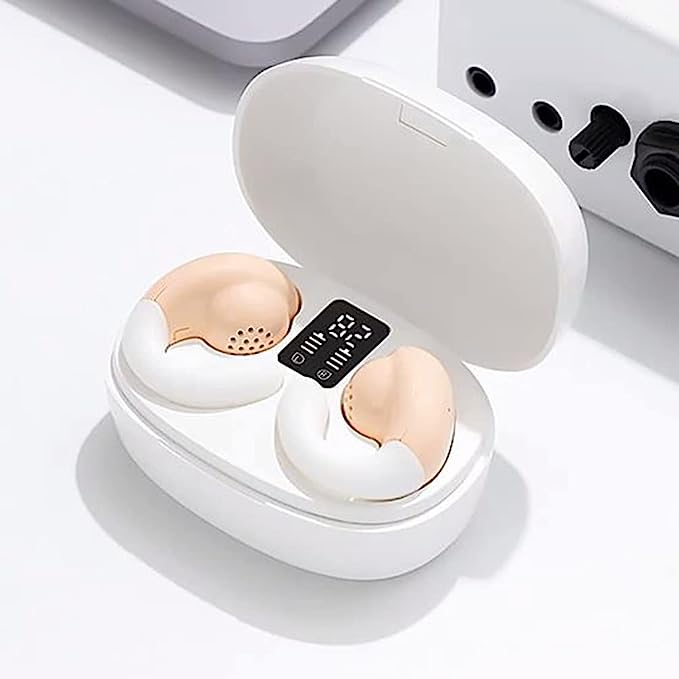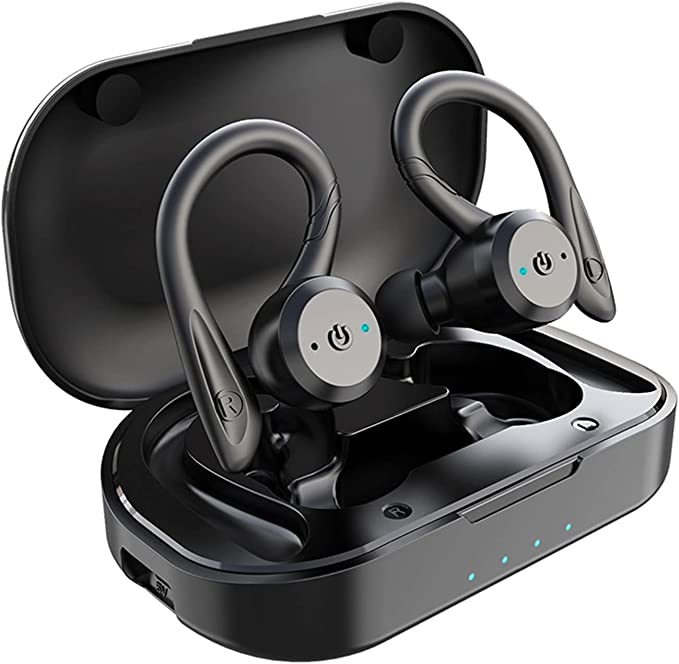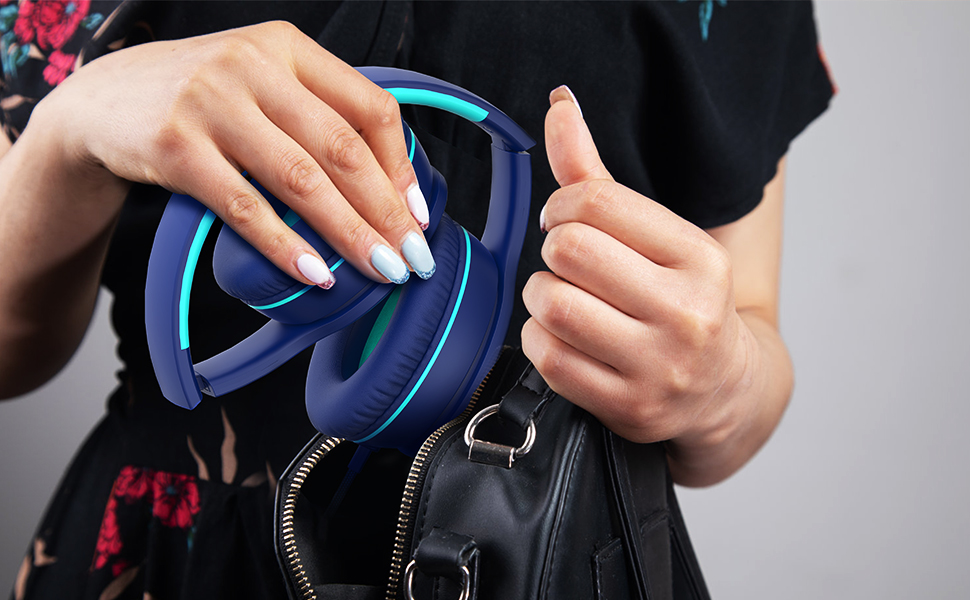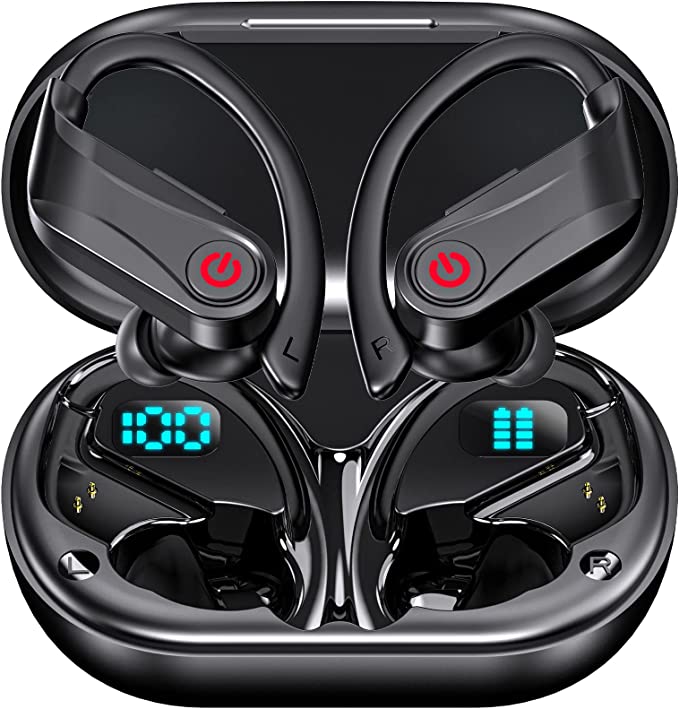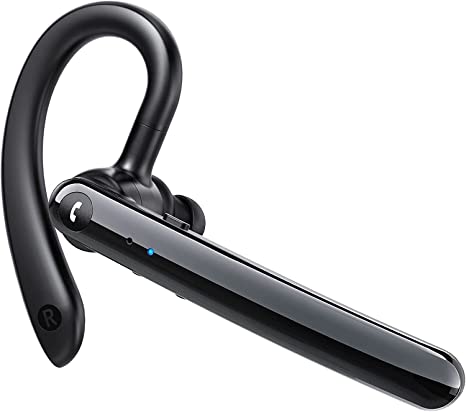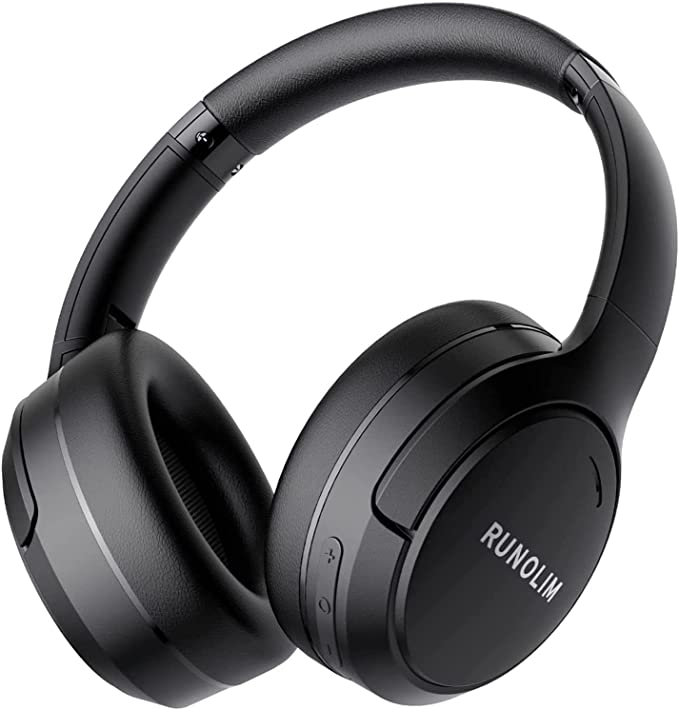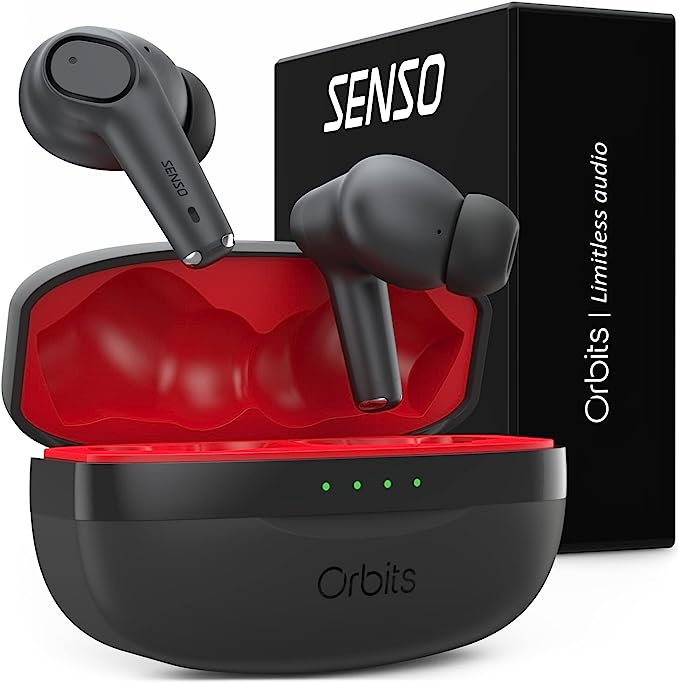9 DIGITAL LitePro: Experience Open-Ear Freedom with Noise-Canceling Bone Conduction Headphones
Update on Sept. 13, 2025, 1:06 p.m.
Unraveling the forgotten science of bone conduction, from a deaf composer’s desperate trick to the open-ear headphones of today.
Have you ever wondered why your voice sounds so different on a recording? The person you hear in a voicemail clip often seems higher-pitched, thinner, and strangely unfamiliar compared to the rich, resonant voice you hear inside your own head. This isn’t vanity or a fault of your microphone. It’s a profound clue that you experience the world through two distinct auditory channels, and you’ve been using one of them your entire life without even realizing it.
One channel is the familiar highway of hearing. Sound waves travel through the air, are funneled by your outer ear to the eardrum, which vibrates. These vibrations are amplified by a delicate trio of bones—the auditory ossicles—and then transmitted to the cochlea, the spiral-shaped, fluid-filled chamber in your inner ear that translates mechanical motion into the electrical signals your brain understands as sound. This is air conduction. It’s how you hear a bird sing, a car horn blare, and the recorded version of your own voice.
But there is another path. A secret backroad. This is bone conduction.
This second form of hearing bypasses the eardrum and middle ear entirely. Instead, it sends vibrations directly through the bones of your skull to that same destination: the cochlea. When you speak, the vibrations from your vocal cords resonate through your skull, mixing with the sound traveling through the air. This bony resonance adds the depth and bass that only you can hear, creating the internal voice you know so well. You’re not just hearing with your ears; you’re hearing with your head.

How a Deaf Genius Heard a Symphony
This principle, while a constant in our biology, was most famously harnessed out of desperation by one of history’s greatest musical minds. As Ludwig van Beethoven descended into profound deafness in the early 19th century, his connection to the world of music—his very reason for being—was severed. His air conduction pathway was failing. Yet, he discovered a workaround.
Accounts describe how Beethoven would clamp a metal or wooden rod between his teeth and press the other end against the soundboard of his piano. As he played, the piano’s vibrations would travel up the rod, through his jaw, and into the bones of his skull. The vibrations directly stimulated his cochlea, allowing him to perceive the pitch and intensity of the music. In a world of silence, he found a way to feel the sound, to hear through bone. It was a remarkable, intuitive hack that demonstrated a fundamental truth about our senses.
What was once a lifeline for a deaf composer has since evolved from a medical curiosity into a cornerstone of specialized audio technology. Early hearing aids for those with conductive hearing loss—damage to the outer or middle ear—were built on this very principle. And today, this science has untethered itself from the purely medical field and stepped into our daily lives.

Making Vibrations on Demand
So how do we replicate Beethoven’s rod in the 21st century? The answer lies in a small, elegant piece of technology called a transducer. A transducer is simply a device that converts one form of energy into another. In this case, it converts electrical signals from your phone or computer into tiny, precise mechanical vibrations.
To see these principles in action, we can look at a modern device like the 9 DIGITAL LitePro headphones. Unlike traditional earbuds or over-ear cans, they don’t have speakers that push air into your ear canal. Instead, they have transducers housed in pads that rest on your cheekbones, just in front of your ears. When you play a podcast, the device’s internal chip—in this case, a Qualcomm CSR 8635—processes the digital audio and sends signals to these transducers. They vibrate, and just like the sound of your own voice or Beethoven’s piano, those vibrations travel through your bones directly to your inner ear.
The result is a strange and wonderful kind of auditory magic: you can hear the audio clearly, yet your ears are completely open to the world around you.

The Freedom of Hearing Everything at Once
This open-ear design is not a gimmick; it is the entire point. It grants a level of situational awareness that is impossible with any device that blocks the ear canal. For a cyclist, it’s the ability to hear approaching traffic while listening to navigation. For an office worker, it’s being able to focus on a remote meeting while still hearing a colleague’s question from across the room. For a parent working from home, it’s keeping one ear on a conference call and the other on the sounds of the house.
Modern engineering has focused on making this experience practical for all-day use. The technology is packed into a frame that is astonishingly light—the LitePro, for example, weighs only 28 grams—and often constructed from durable materials like titanium to withstand daily flexing. An industrial standard like an IP54 rating, which signifies resistance to dust and water splashes, means the technology can survive a sweaty workout or a sudden downpour. These aren’t just features; they are solutions to the challenges of integrating this unique way of hearing into the messy reality of our lives.
The Unavoidable Physics of Compromise
However, there is no free lunch in physics, and bone conduction comes with inherent trade-offs rooted in its very nature.
The first and most noticeable is audio fidelity, particularly in the low end. Sound waves, especially low-frequency bass notes, travel far more efficiently through air than they do through a solid medium like bone. This is a fundamental limitation of the medium itself. Consequently, bone conduction audio can sound less full-bodied and lack the punchy bass that many listeners are accustomed to from traditional headphones. It’s designed for clarity, not for a thumping, audiophile-grade experience.
The second compromise is sound leakage. The process of vibrating your skull is not 100% efficient. Some of that vibrational energy inevitably dissipates into the surrounding air, creating faint sound waves that can be heard by people close to you, especially at higher volumes.
These aren’t flaws of a specific product, but rather the physical realities of choosing this auditory path. Bone conduction technology asks you to accept a trade: you exchange a degree of acoustic immersion for a total connection to your physical environment.

An Invitation to Listen Differently
Bone conduction audio is not here to replace the rich, isolating experience of a great pair of over-ear headphones. It won’t satisfy the purist seeking to get lost in the intricate layers of a symphony. Instead, it presents an alternative, a different tool for a different set of tasks. It is for the moments when you need to be connected to two worlds at once—the digital and the physical.
It’s a powerful reminder that our bodies are more complex and capable than we often give them credit for. The technology feels futuristic, but the principle is ancient and intimate. It’s been with us all along, a secret, secondary sense of hearing, waiting in the resonance of our own bones. And sometimes, it takes a piece of modern technology to help us rediscover a part of ourselves.
